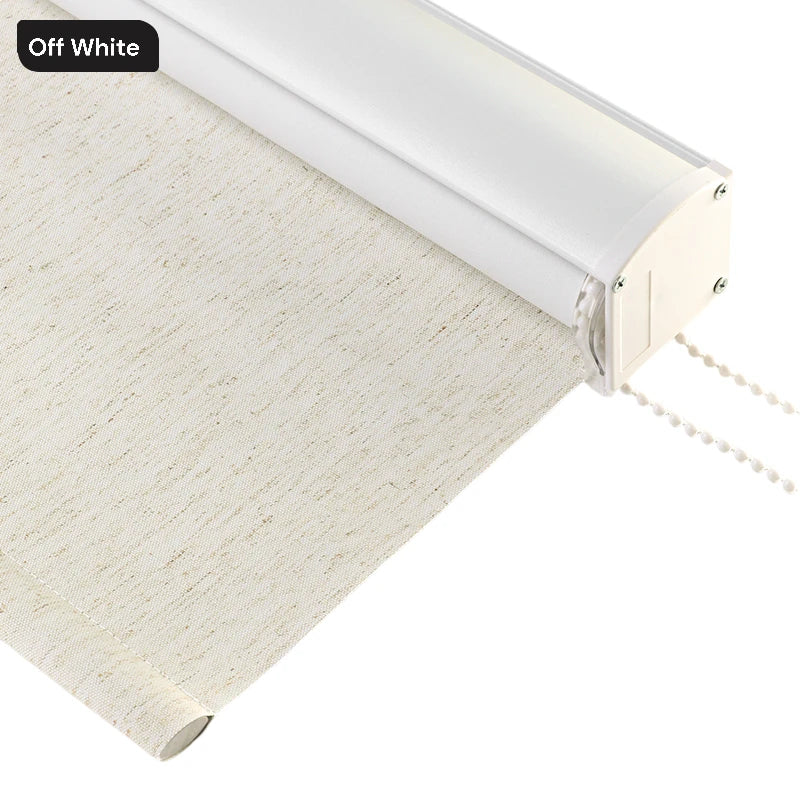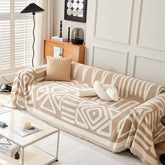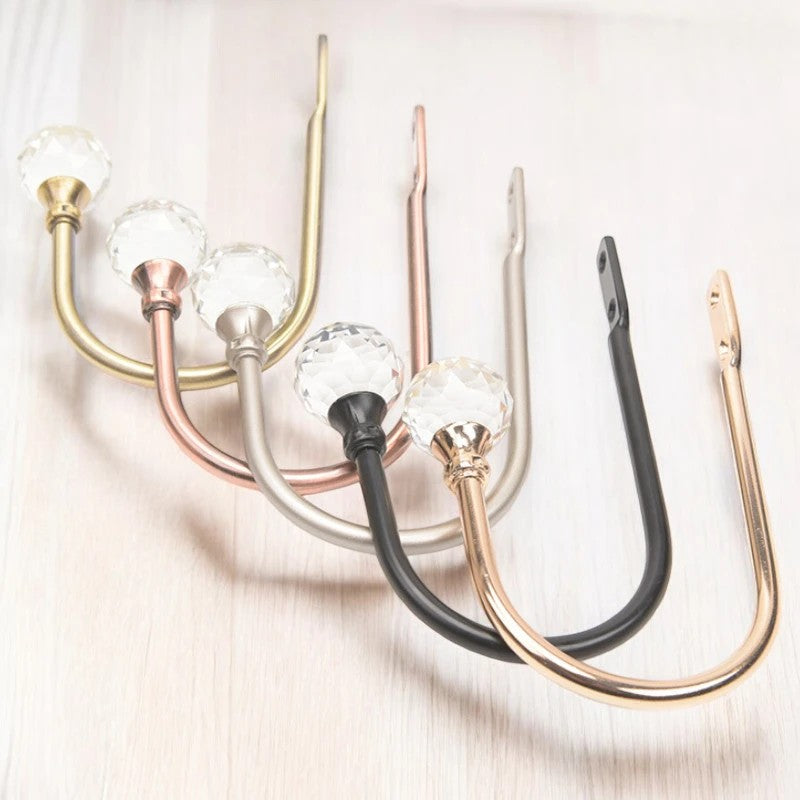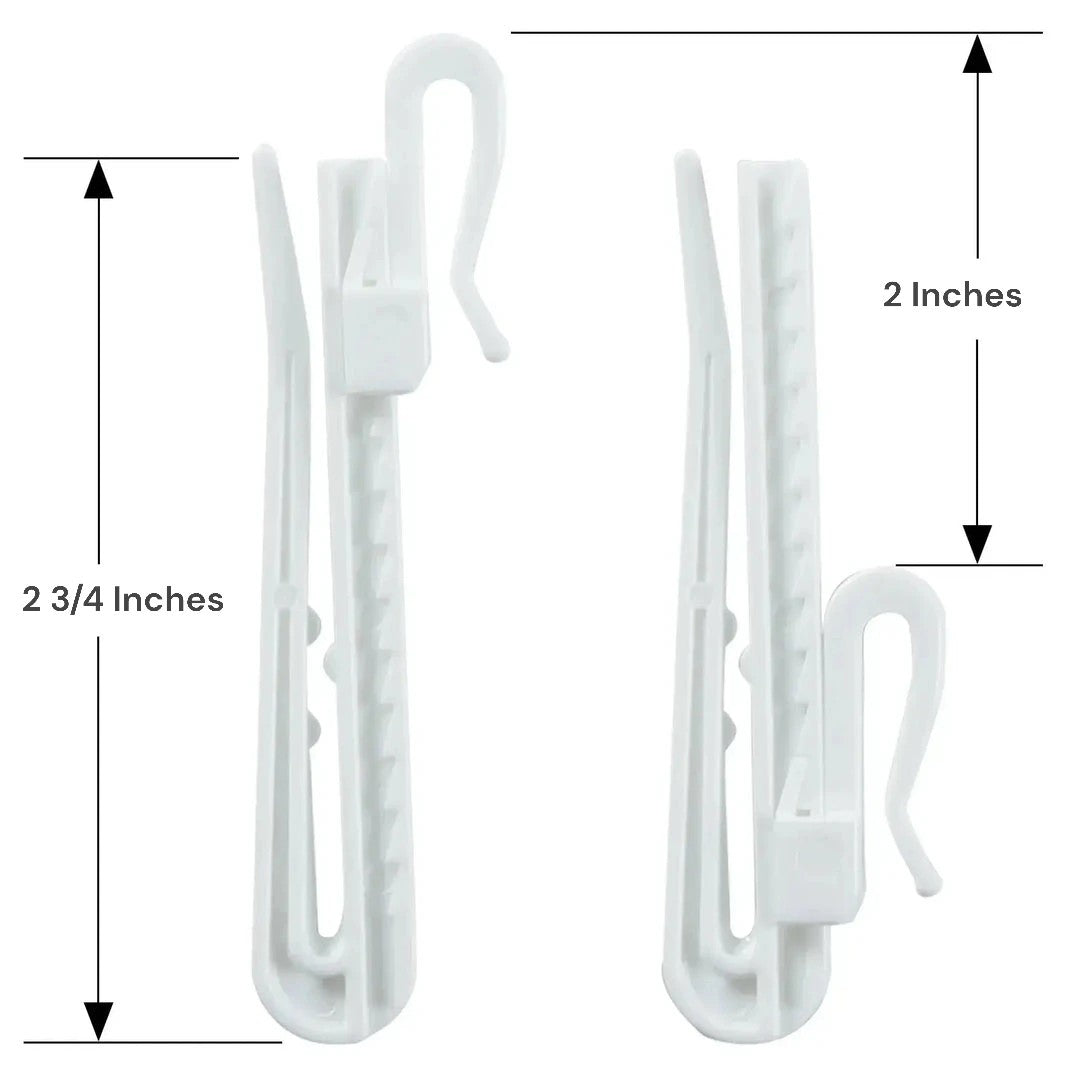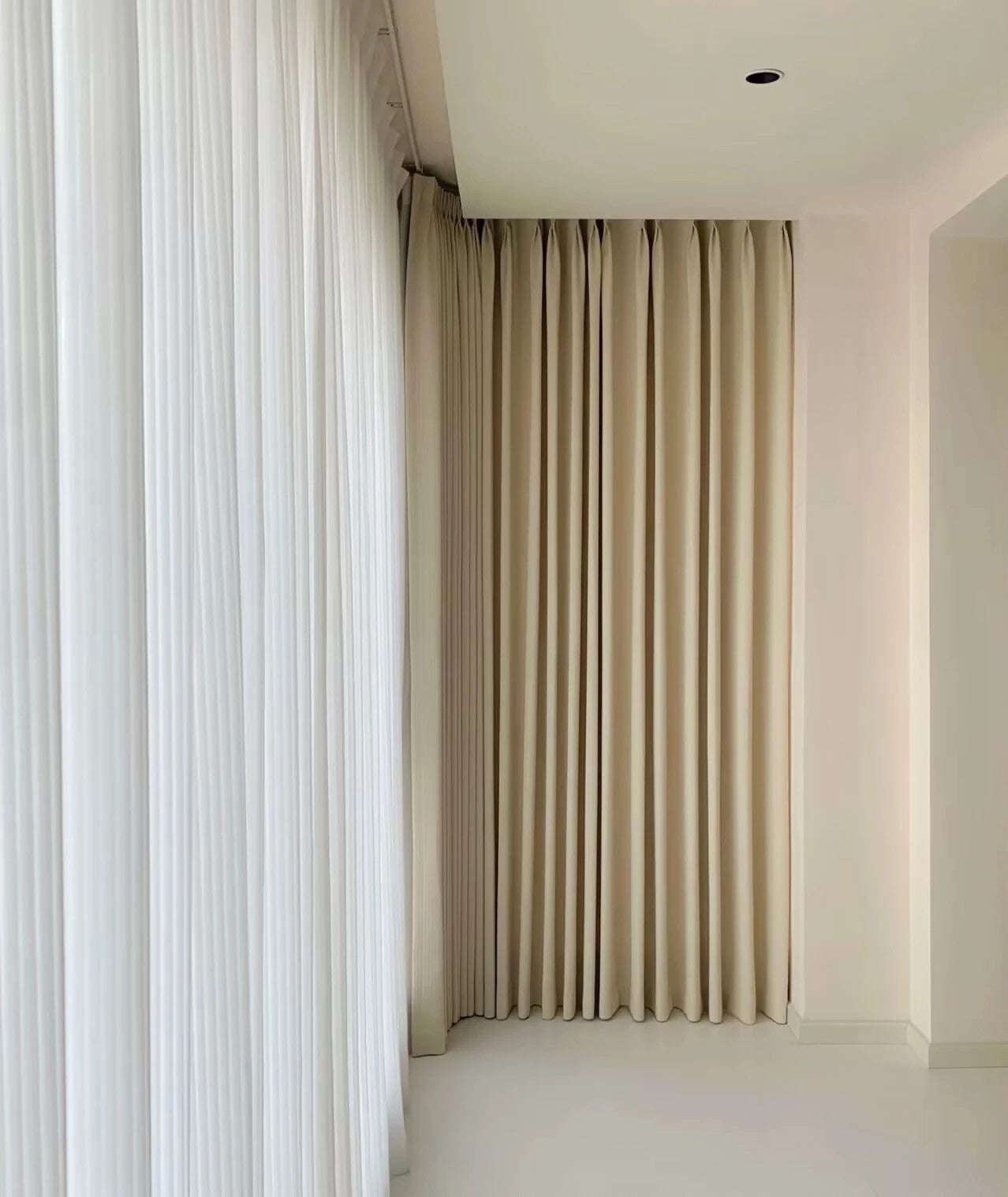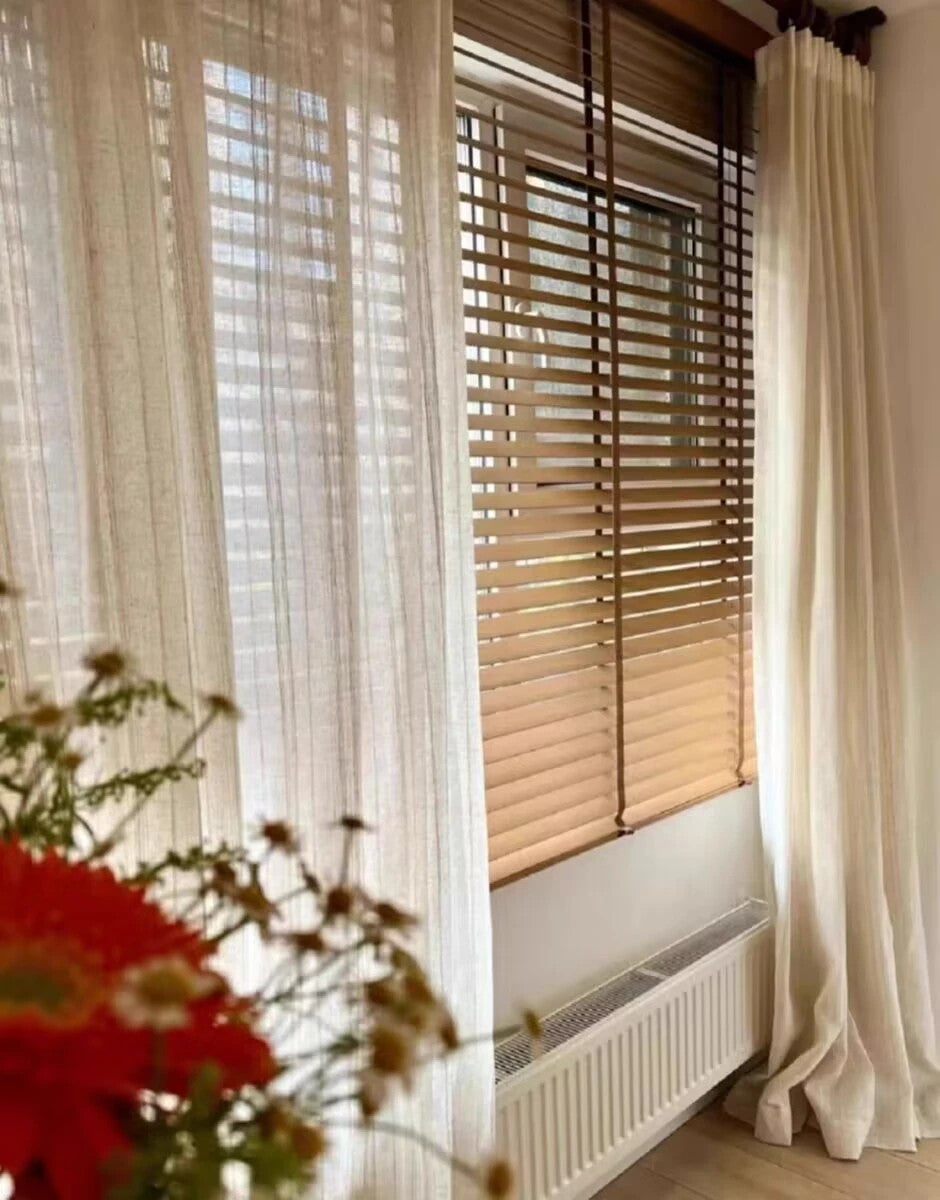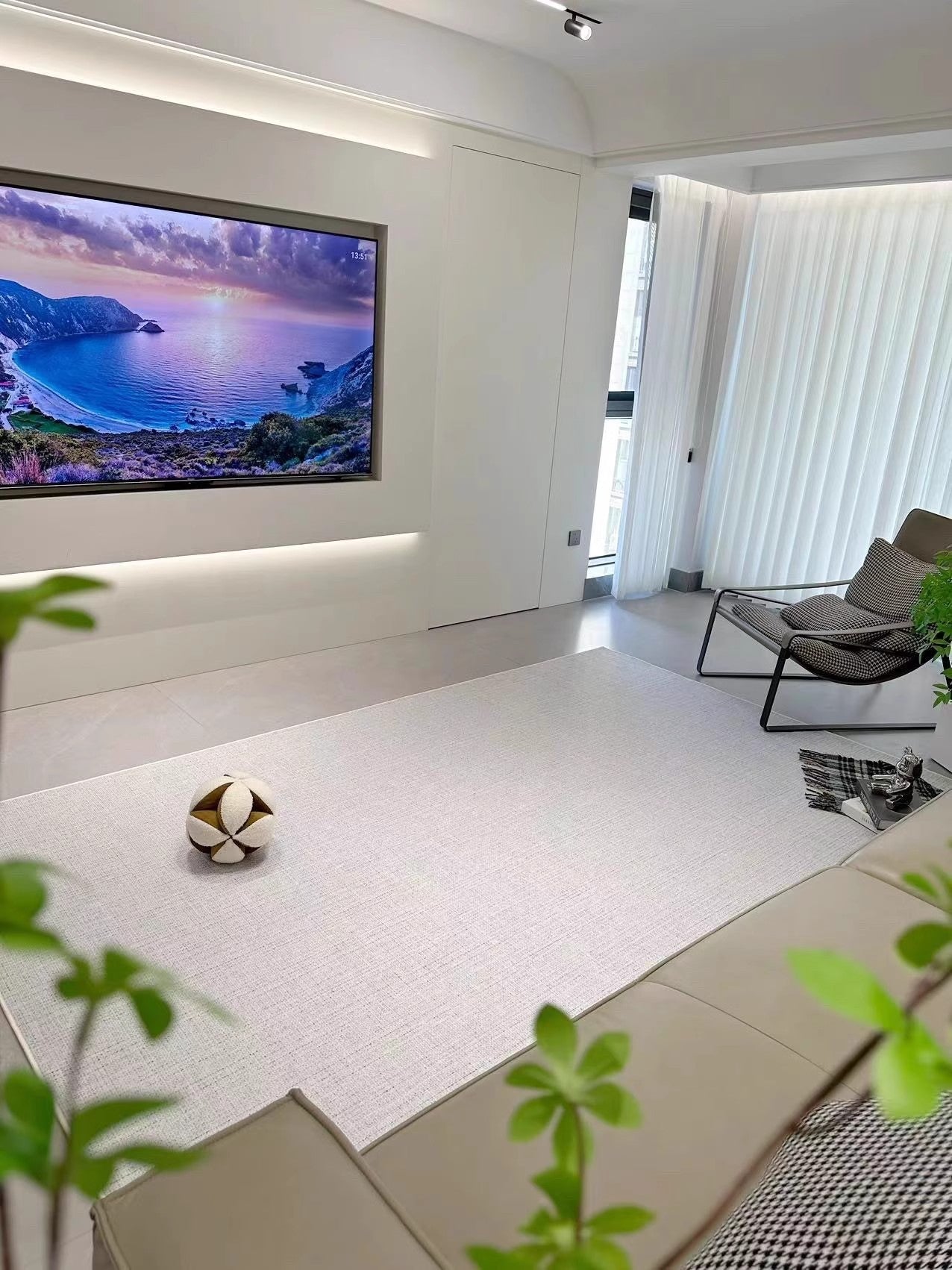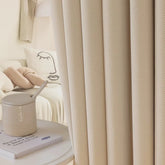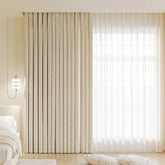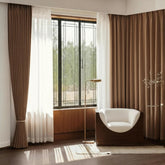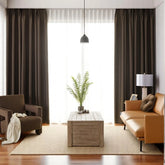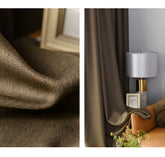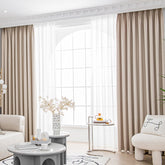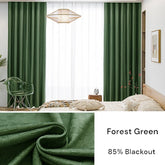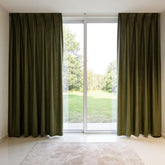Can Blackout Curtains Regulate Room Temperature?
Blackout curtains, the champions of window treatments, serve as both guardians against intrusive light and conductors of optimal room temperature. Crafted with specialized materials and linings, they adeptly repel sunlight, crafting an intimate ambiance. Yet, their prowess extends beyond light control, seamlessly managing room temperatures to transform any space into a haven of comfort and efficiency.
Importance of Regulating Room Temperature
Regulating room temperature is important for several reasons.
Firstly, it helps create a comfortable living or working environment. Extreme temperatures can make it difficult to relax or focus, leading to decreased productivity and overall dissatisfaction.
Secondly, maintaining a consistent room temperature can help reduce energy consumption and lower utility bills. By using blackout curtains to regulate room temperature, you can create a more comfortable and energy-efficient space.
Understanding Blackout Curtains
Blackout curtains are specifically designed to block out light and regulate room temperature. Unlike regular curtains, blackout curtains are made with a special lining that prevents light from passing through the fabric. This lining is typically made of a thick, opaque material that effectively blocks out sunlight.
In addition to the lining, blackout curtains are often made with heavier fabrics that provide additional insulation. The materials used in blackout curtains play a crucial role in their effectiveness. Common materials include polyester, cotton, and linen.
These fabrics are chosen for their durability and ability to block out light. Some blackout curtains also feature thermal insulation properties, which help regulate room temperature by preventing heat transfer.
Insulation Properties of Blackout Curtains
One of the key benefits of blackout curtains is their insulation properties. These curtains are designed to prevent heat transfer, which helps regulate room temperature.
The thick lining and heavy fabrics used in blackout curtains create a barrier that reduces the amount of heat that enters or escapes through windows. The blackout curtain lining is an important component of insulation. It acts as a thermal barrier, preventing heat from passing through the fabric and into the room. T
his lining is typically made of a material that has high insulating properties, such as foam or acrylic. By blocking heat transfer, blackout curtains can effectively reduce heat loss during the winter and heat gain during the summer.
Blocking Sunlight and Heat
Blackout curtains are highly effective at blocking sunlight, which has a direct impact on room temperature. Sunlight can increase the temperature in a room, especially during the hot summer months. By blocking out sunlight, blackout curtains help keep rooms cooler and more comfortable.
In addition to blocking sunlight, blackout curtains also reduce heat gain. The thick materials and lining used in blackout curtains create a barrier that prevents heat from entering a room. This can be particularly beneficial in rooms that receive direct sunlight, such as bedrooms or living rooms. By reducing heat gain, blackout curtains help maintain a more comfortable temperature and reduce the need for air conditioning.
Energy Efficiency and Cost Savings
Regulating room temperature with blackout curtains can lead to significant energy savings. The temperature of a room directly affects energy consumption, especially when it comes to heating and cooling. By using blackout curtains to regulate room temperature, you can reduce the need for heating or air conditioning, resulting in lower energy bills.
Blackout curtains contribute to energy efficiency by reducing heat loss during the winter and heat gain during the summer. The insulation properties of blackout curtains help maintain a more stable room temperature, reducing the need for additional heating or cooling. This not only saves energy but also reduces the strain on HVAC systems, prolonging their lifespan.
In addition to energy efficiency, blackout curtains also offer cost savings. By reducing the need for heating or air conditioning, you can significantly lower your utility bills. The initial investment in blackout curtains is often outweighed by the long-term savings in energy costs.
Temperature Regulation in Different Seasons
Blackout curtains can be used to regulate room temperature in different seasons. In the summer, blackout curtains can help keep rooms cool by blocking out sunlight and reducing heat gain. By closing the curtains during the hottest parts of the day, you can prevent the sun's rays from heating up your space.
In the winter, blackout curtains help keep rooms warm by reducing heat loss. The insulation properties of blackout curtains prevent cold air from entering through windows, helping to maintain a comfortable temperature indoors. By closing the curtains at night and during colder periods, you can trap heat inside and reduce the need for additional heating.
Adjusting Blackout Curtains for Optimal Temperature Regulation
To achieve optimal temperature regulation, it's important to adjust blackout curtains accordingly. During the summer, keep the curtains closed during the hottest parts of the day to block out sunlight and prevent heat gain.
In the winter, open the curtains during the day to allow sunlight to enter and warm up the room, and close them at night to retain heat. It's also important to ensure that blackout curtains are properly fitted and cover the entire window. This helps maximize their effectiveness in regulating room temperature.
Make sure the curtains are wide enough to cover the entire window and long enough to reach the floor or window sill. This will help create a seal that prevents heat transfer and maintains a consistent temperature.
Health Benefits of Regulated Room Temperature
Regulating room temperature with blackout curtains offers several health benefits.
One of the key benefits is improved sleep quality. A well-regulated room temperature can promote better sleep by creating a comfortable and conducive environment. By blocking out light and maintaining a consistent temperature, blackout curtains help create a dark and peaceful space for restful sleep. Regulated room temperature is also important for individuals with respiratory conditions. Extreme temperatures can exacerbate respiratory symptoms and make breathing more difficult.
By using blackout curtains to regulate room temperature, you can create a comfortable environment that is easier on the respiratory system. In addition to physical health benefits, a well-regulated room temperature also has psychological benefits. Extreme temperatures can cause discomfort and irritability, leading to increased stress levels.
By maintaining a comfortable temperature with blackout curtains, you can create a calm and relaxing environment that promotes overall well-being.
Installation and Maintenance of Blackout Curtains
Proper installation and maintenance of blackout curtains are essential for optimal temperature regulation. When installing blackout curtains, make sure they are hung close to the window and extend beyond the edges to minimize light leakage.
Use curtain rods or tracks that can support the weight of the curtains and ensure they are securely fastened. Regular cleaning and maintenance of blackout curtains are also important. Dust and debris can accumulate on the fabric, affecting their effectiveness. Follow the manufacturer's instructions for cleaning, which may include machine washing or spot cleaning.
Regularly vacuuming the curtains can also help remove dust and maintain their appearance. Ensuring proper fit and coverage is crucial for maximum temperature regulation. Make sure the curtains are wide enough to cover the entire window and long enough to reach the floor or window sill. This will help create a seal that prevents heat transfer and maintains a consistent temperature.
Limitations of Blackout Curtains
While blackout curtains are effective in regulating room temperature, they do have some limitations.
Firstly, they are unable to completely eliminate heat transfer. While blackout curtains can significantly reduce heat loss or gain, some heat may still pass through windows or gaps in the curtains. Supplementing blackout curtains with other insulation methods, such as weatherstripping or window films, can help further improve temperature regulation.
Secondly, blackout curtains may have limited effectiveness in extremely hot or cold climates. In extreme temperatures, additional insulation methods may be necessary to maintain a comfortable room temperature. It's important to consider the climate and specific needs of your space when choosing blackout curtains as a temperature regulation option.
Comparing Blackout Curtains to Other Options
When considering temperature regulation options, blackout curtains offer several advantages over air conditioning. Air conditioning can be expensive to install and operate, and it also contributes to higher energy consumption. Blackout curtains provide a cost-effective alternative by reducing the need for air conditioning and lowering energy bills.
Compared to window films and blinds, blackout curtains offer superior insulation properties. Window films and blinds may block out light to some extent, but they do not provide the same level of insulation as blackout curtains. The thick materials and lining used in blackout curtains create a more effective barrier against heat transfer.
Blackout curtains are also a versatile option that can be used in various rooms and settings. They are available in a wide range of colors, patterns, and styles to suit different decor preferences. Whether you need blackout curtains for your bedroom, living room, or office, there are options available to complement your space.
Environmental Impact of Blackout Curtains
When considering blackout curtains, it's important to evaluate their environmental impact. The sustainability of blackout curtain materials varies depending on the specific fabric used. Some blackout curtains are made from eco-friendly materials such as organic cotton or recycled polyester, which have a lower environmental footprint. Using blackout curtains can contribute to energy savings and reduced carbon footprint. By reducing the need for heating or air conditioning, blackout curtains help lower energy consumption and greenhouse gas emissions. This makes them a more environmentally friendly option compared to relying solely on HVAC systems. Disposal and recycling considerations should also be taken into account for blackout curtains. When it's time to replace or dispose of blackout curtains, check with local recycling facilities to see if they accept textiles. If recycling is not an option, consider repurposing the curtains or donating them to organizations in need.
Case Studies and Real-Life Examples
There are numerous success stories of individuals using blackout curtains for temperature regulation. Many people have reported improved sleep quality and energy savings after installing blackout curtains in their bedrooms. Research studies have also shown the effectiveness of blackout curtains in reducing heat loss and heat gain. Experts in the field have provided testimonials on the benefits of blackout curtains. Interior designers and energy efficiency specialists recommend blackout curtains as a cost-effective and practical solution for temperature regulation. Their expertise and experience further validate the effectiveness of blackout curtains in creating a comfortable and energy-efficient living or working environment.
Conclusion
Blackout curtains are a valuable addition to any space, offering both light-blocking and temperature regulation benefits. By effectively blocking out sunlight and reducing heat transfer, blackout curtains help create a comfortable and energy-efficient environment. They contribute to better sleep quality, maintain a comfortable temperature for individuals with respiratory conditions, and provide psychological benefits. Proper installation, maintenance, and adjustment of blackout curtains are important for optimal temperature regulation. While blackout curtains have some limitations, they offer advantages over other temperature regulation options such as air conditioning, window films, and blinds. They are a versatile and cost-effective alternative that can be used in various rooms and settings. Considering the environmental impact of blackout curtains is also crucial. Choosing sustainable materials and properly disposing of or recycling old curtains can help minimize their environmental footprint. With the numerous success stories, research studies, and expert testimonials, blackout curtains are a viable option for maintaining a comfortable room temperature and enjoying the benefits they offer.
Incorporate DolceWe into your lifestyle today and experience the pinnacle of comfort and style. Explore our range of blackout curtains that seamlessly blend light control and temperature regulation, fostering an environment of well-being. Elevate your space with the versatile elegance of DolceWe, where sustainability meets innovation.



